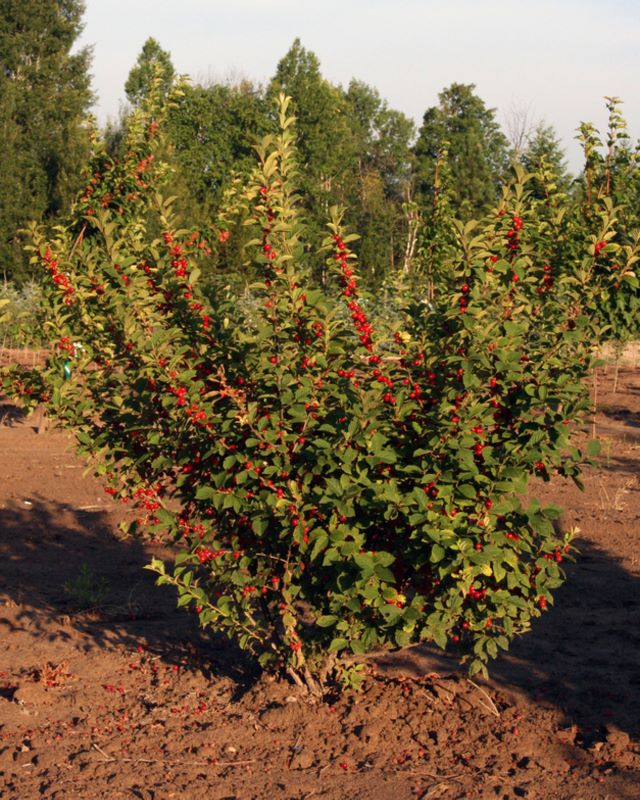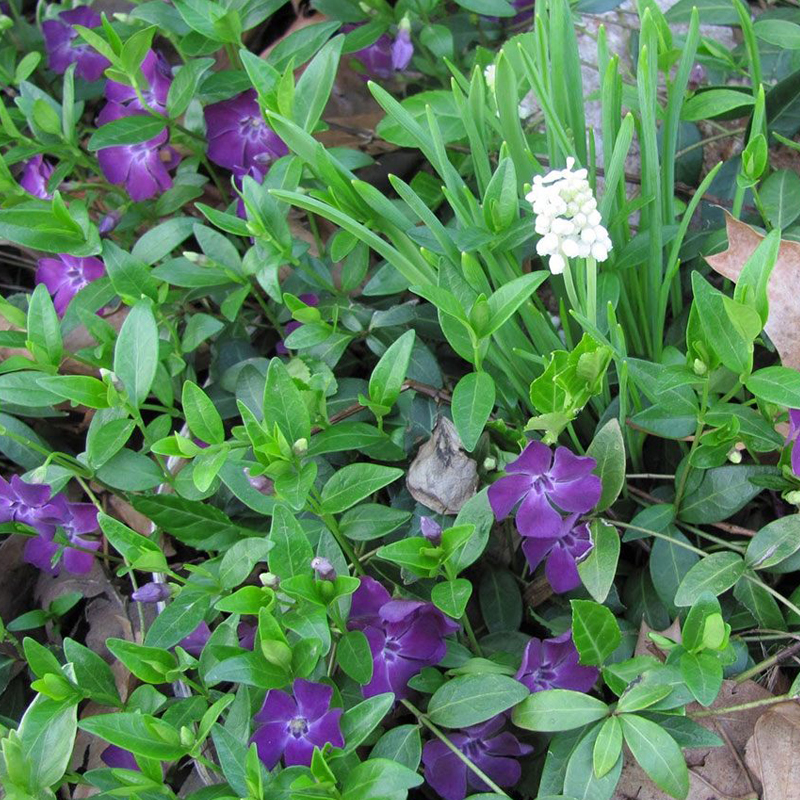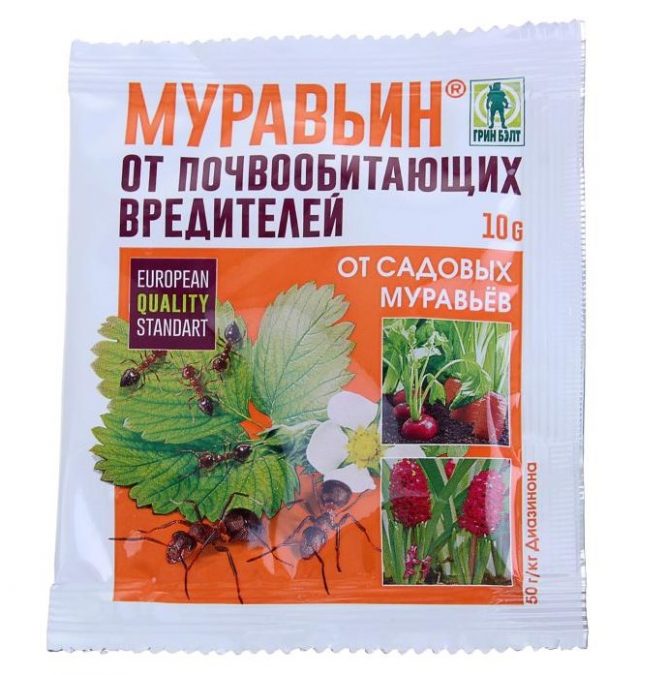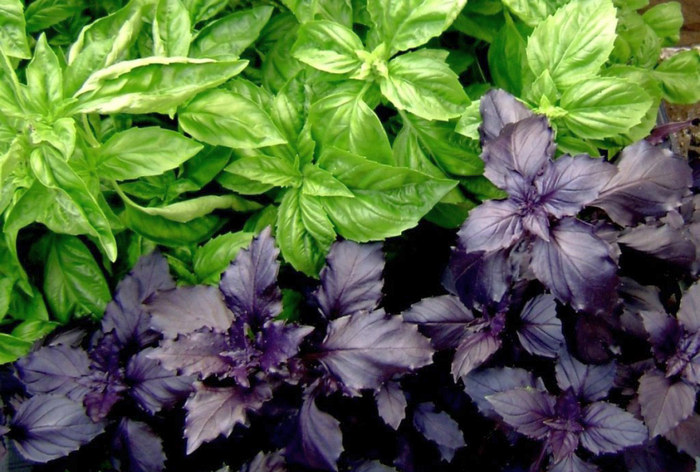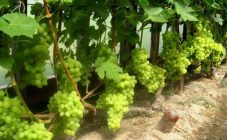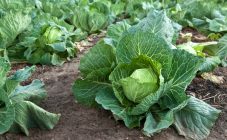Content:
Cherry is one of the most common horticultural crops in a large part of Russia. It is appreciated for its tasty and healthy dark red berries, from which jams, compotes, and juices are made. Fruits are also useful raw, as they contain a huge amount of vitamins and minerals.
Most often, cherry grows in Russian gardens in the form of shrubs (up to 2-2.5 meters). However, in more southern regions, cherry trees up to 4 meters or more can often be found. There are quite a few varieties of this irreplaceable culture. But in order for the cherry to grow and bear fruit well, you need to choose the right ones for a specific region. It is also important to figure out what can be planted next to the cherry.
Variety selection
Before buying cherry seedlings, you should study the characteristics of the varieties and choose those that will grow and bear fruit well in the desired region. Otherwise, the gardener risks being left without a crop. In short:
- in the south of the country, the varieties Garland, Shokoladnitsa, Shpanka have proven themselves well;
- in Siberia and other harsh regions of Russia, the Altai swallow, Novoaltaiskaya and Ob are popular;
- in the conditions of the Urals, good yields will be given by the Standard of the Urals, Mayak, Ural ruby;
- and in Moscow and the region - Molodezhnaya, Volochaevka and Turgenevka.
All cherry varieties are divided according to the ripening period (early, mid-season and late). However, it is possible to choose late varieties only in relatively warm regions. Also, when choosing cherry seedlings, you need to pay attention to the fact that not all varieties are self-fertile.
Recently, dwarf cherries have been popular. Most often they are grown by gardeners of the northern regions. Such plants will not grow very tall (on average 1-1.5 meters) and in severe winters, most of their branches will be covered with snow, which will keep them from frost. The most popular varieties of dwarf cherries are Bystrinka, Saratovskaya baby, Vladimirskaya. Felt cherries also yield good yields even in cold climates.
Cherry compatibility with other plants
Almost every gardener strives to grow as many plants as possible on his six hundred square meters. In small summer cottages, every piece of land counts. That is why many are racking their brains over how to combine planting trees and shrubs. However, before planting plants next to each other, consider important conditions.
- Soil type. Not all plants prefer the same soil. Caught in the wrong soil, some crops will grow poorly and ultimately not yield a good harvest. Only plants that favor the same soil types should be planted next to each other.
- Root system. It is necessary to select neighbors for cherries so that their root system is located either above the cherry roots or below. Otherwise, the roots of one plant will interfere with the roots of another and nothing good will come of such a neighborhood.
- Be sure to pay attention to the lighting. It is the good illumination of plants that is the main guarantee of rich harvests. Few plants tolerate shading, even from partial shade, many crops suffer and grow poorly. To prevent this, you need to properly plan the planting in your garden.It is necessary that all trees and shrubs receive a large amount of sunlight. And in no case should the branches of one plant completely cover their neighbor. For example, you cannot plant cherries close to an apple tree, since the latter has powerful branches and, over time, will completely cover relatively small cherry plantations with its crown.
- Compatibility. Not all plants tolerate being close to each other. Some may release substances into the air that negatively affect others. As a result, due to improperly selected neighbors, plants can stop their growth, slow it down and stop blooming.
What can be planted next to cherries
The proximity of apple and cherry will not bring anything good, but the compatibility of cherry and plum is quite acceptable.
Cherry is a stone fruit culture. Therefore, it is better to grow it next to other stone fruits. However, when choosing plum trees, apricots or peaches as neighbors for cherries, you should remember that they should not be tall (the permissible height is no more than 3.5 meters).
Experienced gardeners recommend planting cherries, mountain ash and hawthorn next to cherries. These crops do not interfere with each other at all, the harvest in their neighborhood is also good.
Another good neighbor for cherries is grapes. However, this is a controversial statement, since the grapes are a great sun lover and will not give a good harvest in shaded areas. From this it follows that only shrub or dwarf cherries can be planted next to grape trenches, which will never grow tall.
And finally, elderberry is a good neighbor for cherries. Its smell repels many pests. As a result, cherries will not suffer from cherry aphids, which are brought by ants and other crawling insects.
What to plant under the cherries in the garden
Immediately, we note that the roots of the cherry are located close to the surface of the earth, so the soil under them should never be dug. Only weeds are allowed. If the gardener does not want the place under the cherries to be empty, then it is recommended to plant shade-loving perennial crops under the trees and shrubs. However, it should be taken into account - they must be undersized so as not to bother the cherry. In this case, astilbe, primroses and snowdrops are better suited.
What else can you plant under cherries? In addition to the above plants, you can plant a creeping tenacious or a small periwinkle in a cherry orchard - they will create a living carpet under the trees and decorate this corner of the site.
Often, mint and lemon balm are planted under the cherries. These plants can not only be used to make aromatic tea, but also as a defense against pests that are afraid of their smell.
Near what you can't plant cherries
Cherry is an unpretentious garden culture. However, there are some plants next to which it will grow poorly. First of all, cultivation of some garden crops next to cherries is excluded: nightshade (tomatoes, peppers, eggplants). They are often afflicted with diseases that can lead to the death of the cherry orchard. Therefore, when choosing a place for nightshades on your site, you should plant them as far as possible from trees with cherries.
The compatibility of cherries and gooseberries will also not do anything good - these crops should be grown apart from each other. Next to cherries and cherry plantings, you do not need to plant black and colored currants, honeysuckle. Their root system is more powerful than that of cherries and will ultimately prevent it from developing. The compatibility of cherries and raspberries raises serious doubts for the same reason, and experienced gardeners still do not plant them together.
Diseases and pests of cherries
Cherries have a lot of pests. One of the most dangerous is the cherry aphid. This insect does not appear on trees and shrubs by itself - ants bring it there. Therefore, so that there are no aphids on the cherry, you must first remove the anthills from the site. To do this, they are found and covered with special preparations ("Muravyov", "Muravyov", "Anti-Ant", etc.).
You need to scatter the substance according to the instructions and if everything is done correctly, then in a couple of days the ants will leave the site. Finding insect nests is not difficult - most often they build them on paths, flower beds, stumps and under sawed trees.
It is recommended to fix trapping belts on cherry trees and bushes in early spring. Their sticky part will prevent ants and other insects from climbing on plants, and as a result, there will be no aphids. However, if the pest nevertheless settled on the plants, then special preparations will help get rid of it. To do this, cherries need to be treated with Fitoverm (biological product), Karbofos or Iskra.
The slimy sawfly can cause particular damage and harm to plants. By its appearance, it resembles both caterpillars and slugs at the same time. Gardeners should definitely fight this pest. It multiplies rapidly and can completely damage the entire leaf apparatus of cherry trees in a matter of days.
The slimy sawfly eats away only the juicy part of the leaf, leaving only veins. As a result, the leaves become dry and fall off quickly. And the early loss of leaves does not bode well for plants. They will not prepare well for winter and will certainly die in the harsh season. To protect cherry plants from a slimy sawfly, the garden must be treated with special preparations in the spring. Processing is carried out repeatedly - the procedure must be repeated in the fall. In addition, closer to winter, all fallen leaves must be collected (this pest will hibernate in them) and must be burned without fail.
Cherries often cause disease. The most common of them are coccomycosis and moniliosis.
To avoid diseases and pests, some treatments are not enough. Comprehensive and competent prevention is needed.
- Remove leaves in time, cut down diseased and dry branches.
- All cuts on trees must be covered with garden pitch, which will not allow various infections to get through the cut.
- In autumn, along with the leaves under the cherries, all the weeds are removed.
- And with the onset of the first cold days, the garden is treated with a 5% urea solution.
Most often, pests and diseases appear precisely on trees that are lacking in nutrients. Therefore, in spring (on a crust of ice) urea should be scattered in the orchard, and in August, cherries (and other perennial crops) should be given potassium and phosphorus. Also, one should not forget to whitewash the trunks and lower branches of plants, put trapping belts - they also play an important role in protecting the garden from diseases and pests.
